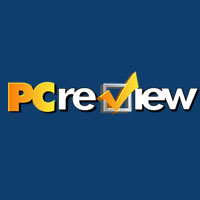Hello,
I apologies in advance if it is not the right category/place to ask this question but I've been looking for this for on Google but failed to find any solution. My purpose is to avoid people seeing backend folder's contents or copying other files into backend folder.
I've heard somewhere that while sharing a folder for backends, we can adjust its settings so that people with link to file can access those files (like frontend can access backend) but people cannot navigate through the folder. It's something called traverse permissions.
How do I set it up? I usually share a folder and give everyone read/write rights so that user can access my shared contents and place their files which they want to share with me. I did exactly the same for backend shared folder. If I don't give everyone these rights, frontend cannot work. What's the best way to do that?
Update: Let me explain my folder structure a bit (which was left when posting the question). I've a folder named as Frontend and it has different files, folders and backend db's inside it. I share this Backend folder and also tick the checkbox which says something like apply same permissions to children items and folders.
Best Regards,
Abdullah
I apologies in advance if it is not the right category/place to ask this question but I've been looking for this for on Google but failed to find any solution. My purpose is to avoid people seeing backend folder's contents or copying other files into backend folder.
I've heard somewhere that while sharing a folder for backends, we can adjust its settings so that people with link to file can access those files (like frontend can access backend) but people cannot navigate through the folder. It's something called traverse permissions.
How do I set it up? I usually share a folder and give everyone read/write rights so that user can access my shared contents and place their files which they want to share with me. I did exactly the same for backend shared folder. If I don't give everyone these rights, frontend cannot work. What's the best way to do that?
Update: Let me explain my folder structure a bit (which was left when posting the question). I've a folder named as Frontend and it has different files, folders and backend db's inside it. I share this Backend folder and also tick the checkbox which says something like apply same permissions to children items and folders.
Best Regards,
Abdullah
Last edited:


:max_bytes(150000):strip_icc()/software-developer-using-transparent-computer-screen-at-office-746096729-59a2fa80845b340011268cdd.jpg)